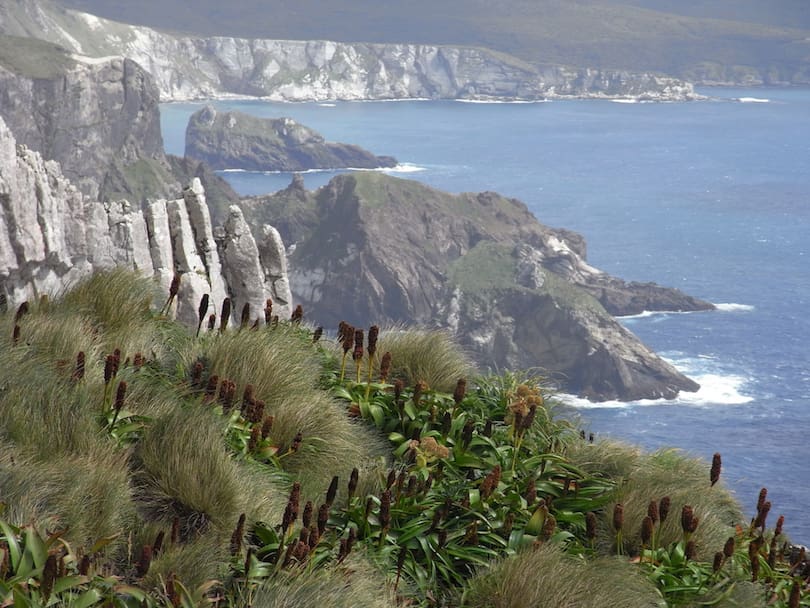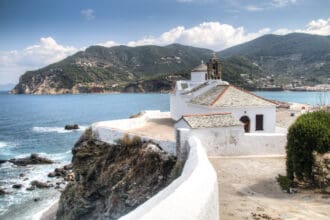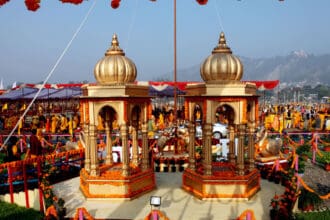Explore the magnificent Potala Palace in Tibet, the world’s highest palace and a UNESCO World Heritage Site. Learn about its history, architecture, and cultural significance in this comprehensive article.
Introduction
Welcome to the mesmerizing world of the Potala Palace in Tibet – a majestic symbol of Tibetan culture, history, and spirituality. Situated on the Red Hill in Lhasa, the capital of Tibet, this breathtaking palace stands tall, offering a glimpse into the rich heritage of the region. In this article, we will delve deep into the wonders of the Potala Palace, exploring its architecture, historical significance, and the spiritual aura that surrounds it.
Potala Palace in Tibet – The Crown Jewel of the Himalayas
The Potala Palace, at an altitude of 3,700 meters (12,100 feet), holds the distinction of being the highest palace in the world. This architectural masterpiece was initially built in the 7th century by Emperor Songtsen Gampo. However, the present structure, featuring a harmonious blend of Tibetan and Chinese architecture, was constructed during the reign of the fifth Dalai Lama in the 17th century.
The palace is a manifestation of Tibet’s unique culture, art, and religious beliefs, making it a prominent pilgrimage destination for Buddhists worldwide. With its imposing white and maroon façade, the Potala Palace stands as a testament to the glory of Tibetan civilization.
Historical Significance of Potala Palace
The history of the Potala Palace is closely intertwined with the history of Tibet itself. As the residence of the Dalai Lamas, who were not only spiritual leaders but also the political heads of Tibet, the palace played a central role in the governance and religious affairs of the region.
Over the centuries, the palace has withstood numerous challenges, including wars, invasions, and natural disasters. Yet, it has been meticulously restored and preserved, maintaining its grandeur and significance throughout the ages.
Architectural Marvels of Potala Palace
The architectural splendor of the Potala Palace is truly awe-inspiring. It consists of two main sections – the Red Palace and the White Palace.
The Red Palace
The Red Palace, located at the center of the Potala complex, houses various chapels, stupas, and tombs of past Dalai Lamas. The walls are adorned with intricate murals, depicting scenes from Tibetan history and Buddhist teachings. One of the most revered chapels in the Red Palace is the “Sumtsen Chapel,” dedicated to Emperor Songtsen Gampo.
The White Palace
The White Palace, on the eastern side of the Potala, served as the residence of the Dalai Lamas. It comprises numerous rooms that were once used for administrative and ceremonial purposes. The Great East Hall and the Dharma Cave are among the significant chambers in the White Palace.
The Spiritual Aura of Potala Palace
The Potala Palace exudes an aura of spiritual significance and tranquility. For centuries, it has been a sacred site for Tibetan Buddhists, who believe that the palace embodies the compassionate presence of Avalokiteshvara, the Bodhisattva of Compassion. The palace serves as a pilgrimage destination, drawing devotees from different corners of the world.
Exploring the Potala Palace – A Virtual Journey
For those unable to visit the Potala Palace in person, a virtual journey can offer a glimpse of its magnificence. With advancements in technology, interactive virtual tours allow viewers to explore the various halls, chapels, and murals of the palace from the comfort of their homes. These virtual tours often come with informative audio guides, providing insights into the historical and cultural aspects of this grand edifice.
Preserving the Cultural Heritage
The Potala Palace has been recognized as a UNESCO World Heritage Site, acknowledging its cultural and historical significance. Efforts to preserve and protect the palace are ongoing, with experts employing state-of-the-art conservation techniques. These endeavors ensure that future generations can continue to marvel at the brilliance of this architectural wonder.
Potala Palace in Tibet – A Haven for Art Lovers
Art enthusiasts are captivated by the Potala Palace’s wealth of artistic treasures. From intricate Thangka paintings and elaborate frescoes to finely crafted sculptures and ornate tapestries, the palace houses a diverse range of art forms that reflect Tibet’s cultural identity.
Festivals at the Potala Palace
The Potala Palace comes alive during various Tibetan festivals, with vibrant celebrations filling the air. One such festival is the “Great Prayer Festival,” during which thousands of devotees gather to offer prayers and seek blessings from the spiritual leaders.
Hospitality and Traditions
The local hospitality and warmth of the Tibetan people leave a lasting impression on visitors. Traditional Tibetan customs and rituals continue to be an integral part of the daily life around the Potala Palace.
A Taste of Tibet – Cuisine at Potala Palace
The region around the Potala Palace boasts a unique culinary heritage. Tibetan cuisine, with its hearty and flavorful dishes, is a delightful experience for food enthusiasts. Traditional Tibetan butter tea, momos, and tsampa are some of the delicacies that visitors can savor.
The Enchanting Surroundings
The Potala Palace is set amidst breathtaking natural beauty. The awe-inspiring Himalayan landscape, pristine lakes, and the spiritual ambiance create a perfect setting for self-reflection and meditation.
FAQs
- What is the best time to visit the Potala Palace? The best time to visit the Potala Palace is from April to October when the weather is pleasant, and the palace grounds are open for tourists.
- Are there any altitude-related challenges for visitors? Yes, due to its high altitude, visitors may experience altitude sickness. It is advisable to acclimatize properly and consult a doctor if necessary.
- Can visitors take photographs inside the Potala Palace? Photography is generally not allowed inside the palace to preserve its delicate artifacts. However, photography is permitted in the outdoor areas and on the palace grounds.
- How can I get to the Potala Palace? Lhasa Gonggar Airport is the nearest airport. From there, visitors can take a taxi or bus to reach the Potala Palace.
- Is the Potala Palace wheelchair accessible? While the exterior of the palace can be accessed with assistance, the interior involves steep staircases, making it challenging for wheelchair users.
- Are there any dress code requirements for visiting the Potala Palace? Yes, visitors are required to dress modestly and respectfully. Revealing clothing is not allowed.
Conclusion
The Potala Palace in Tibet – The World’s Highest Palace, stands tall as a beacon of Tibetan history, spirituality, and architectural brilliance. Its mesmerizing beauty and cultural significance continue to captivate travelers from all walks of life. Whether you are an art enthusiast, a spiritual seeker, or an explorer of natural wonders, the Potala Palace offers an unforgettable experience that will leave an indelible mark on your soul.
As you wander through its hallowed halls and contemplate the storied past, you cannot help but be awestruck by the grandeur and majesty that surrounds you. A visit to the Potala Palace is not just a journey into the heart of Tibet but also an expedition into the depths of the human spirit.
So, why wait? Embark on this incredible voyage to the Potala Palace and immerse yourself in the wonders of the world’s highest palace.






